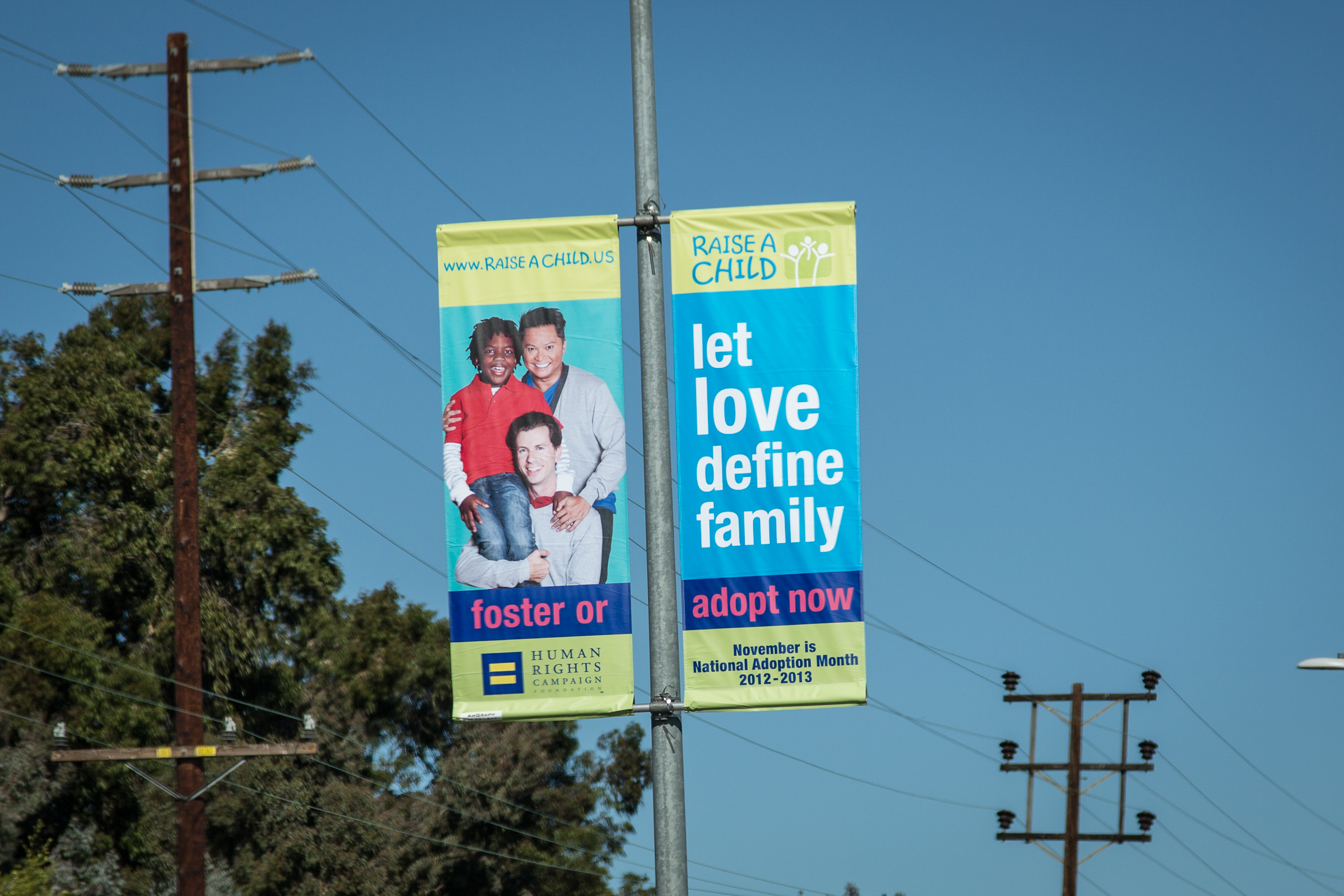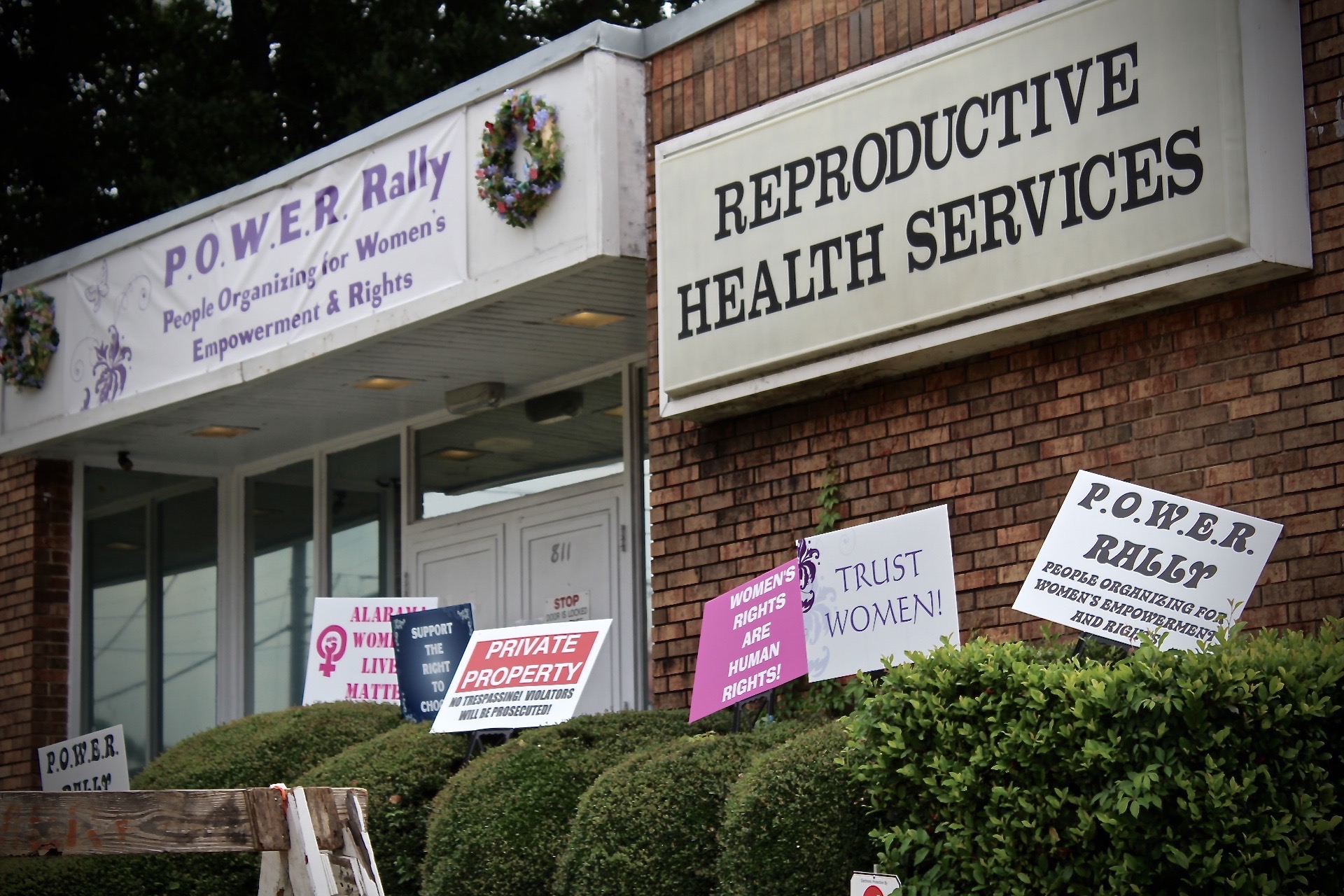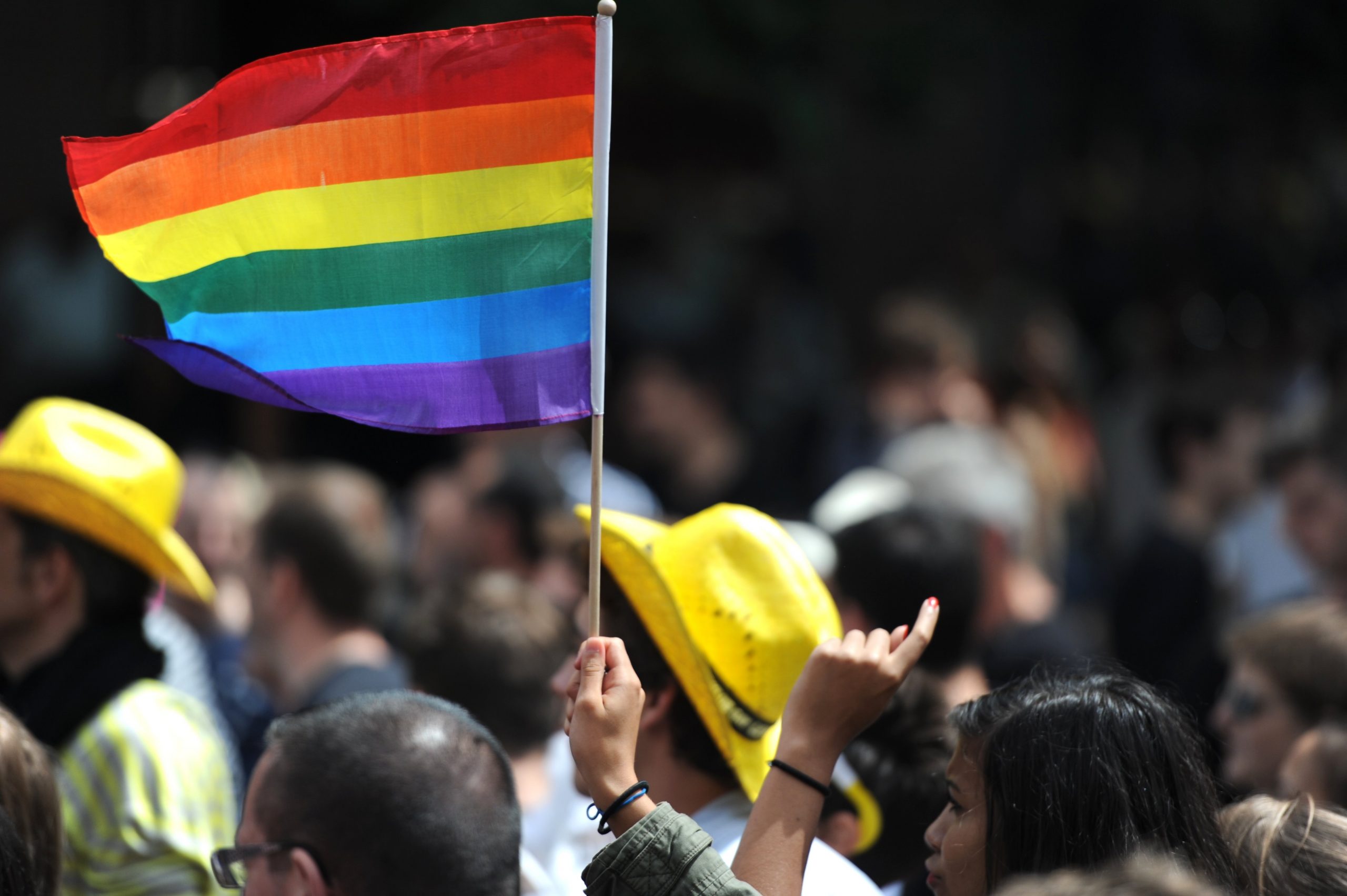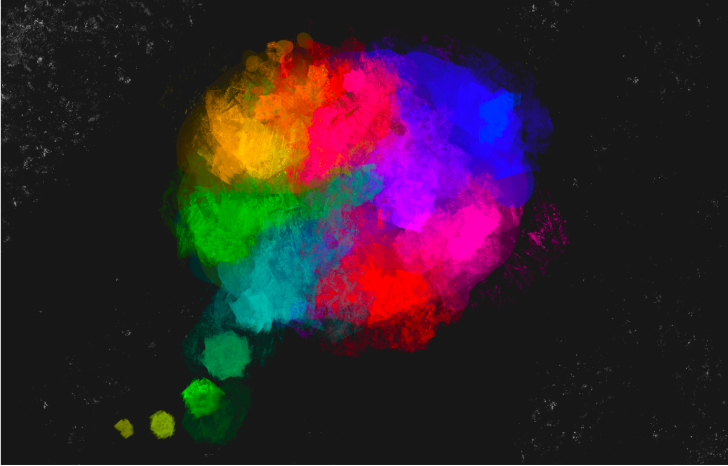
Does climate change make you angry? In a recent study, researchers from the University of Leeds in England used a survey experiment to examine how people react when informed about the threat that climate change poses. They wanted to know whether people would react differently if presented with emotionally neutral information versus information designed to make them feel threatened.
All participants in the study lived in the UK. One group watched a relatively unemotional video about climate change produced by a scientific institute. This video explained atmospheric phenomena using diagrams. The other group watched a video about Welsh villages that could become uninhabitable due to rising sea levels. The second video was produced by an environmental activist group and emphasized the human toll of climate change. The study’s authors asked participants to write how they felt about climate change. The participants who saw the second video were more likely to indicate that they felt threatened.
Participants were asked to rate their level of anger about climate change on a scale of 0 to 100. The paper’s authors also asked people whether they would be willing to do various things in order to fight climate change, such as advocating for policy change, buying an electric car, or eating less meat.
The group who watched the second video, about villages that could be destroyed, were significantly angrier than the group who watched the first video, which was more abstract. The second group was also more likely to say they were willing to do something to fight climate change. Previous studies had found similar results.
The researchers also wanted to know if and how people’s attitudes about authoritarianism would affect their anger levels and willingness to act. To measure authoritarian attitudes, the authors used a scale that asked people to rate their level of agreement with a long list of statements, including “it is important … to maintain traditional values and ways of thinking,” and “strong force is necessary against threatening groups.” Overall, people with more authoritarian attitudes were less angry and less willing to act. When exposed to the threatening video, in fact, these people instead showed an increase in authoritarian attitudes rather than increasing their anger or willingness to act. The authors hypothesize that when exposed to threatening information about climate change, people with authoritarian attitudes become angrier at “non-conforming groups” rather than people in positions of power. For example, the more authoritarian respondents were more likely to support harsher penalties for criminals.
This research shows that people’s pre-existing attitudes can have a big impact – not only on how they interpret new information, but also on what they might choose to do in response.









